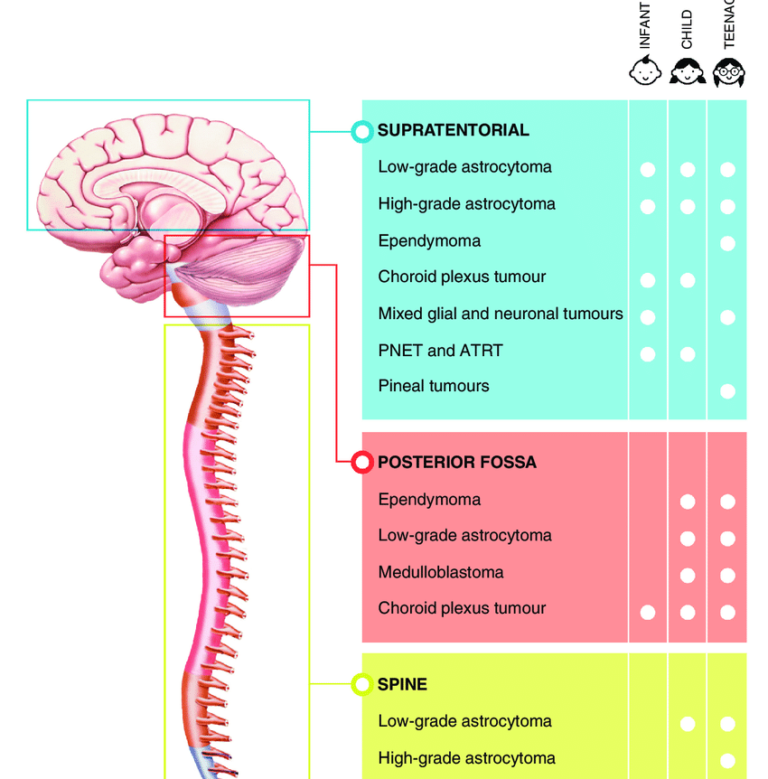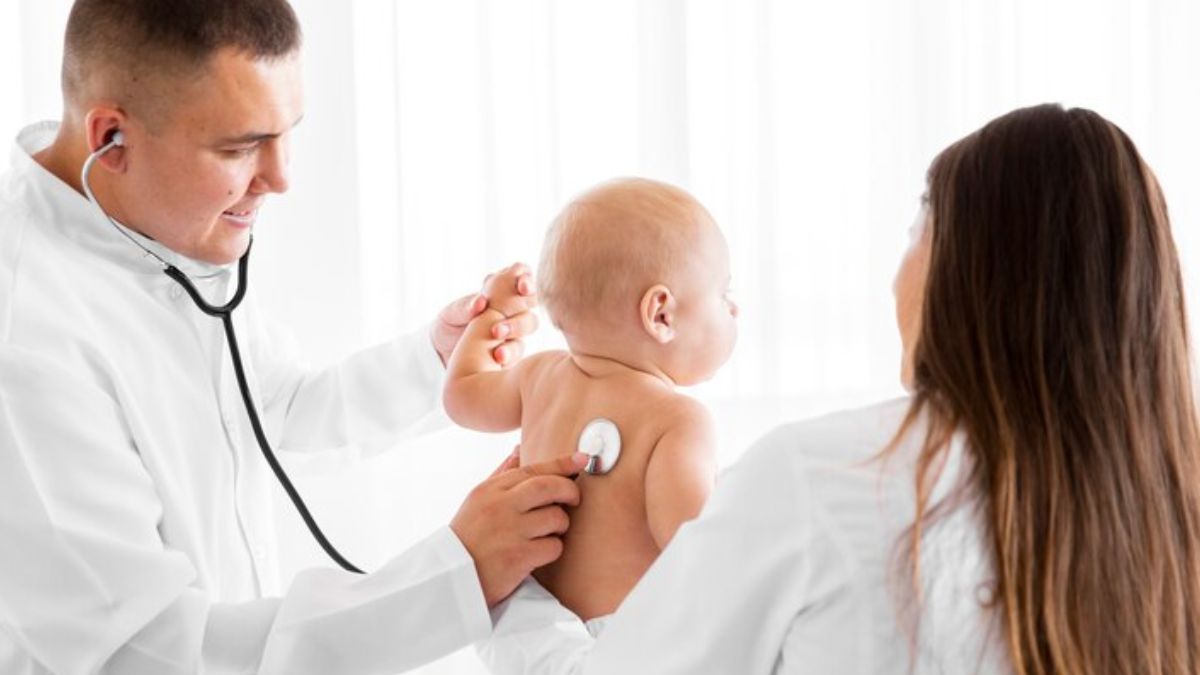
Tumors Paediatric, also known as childhood tumors, are abnormal growths that can develop in various tissues and organs of the body in children and adolescents. These tumors can be benign (non-cancerous) or malignant (cancerous) and can occur in any part of the body, including the brain, spinal cord, bones, muscles, and other organs. Tumors Paediatric differ from adult tumors in their types, behaviors, and responses to treatment, requiring specialized approaches for effective management.
One of the most common types of pediatric tumors is brain tumors, which are the leading cause of cancer-related deaths in children. These can include medulloblastomas, gliomas, ependymomas, and other types, each presenting unique challenges in diagnosis and treatment. Symptoms of brain tumors in children can vary depending on the tumor’s location and size, and may include headaches, vomiting, seizures, vision problems, and changes in behavior or cognition.
Another significant category of pediatric tumors includes leukemias and lymphomas, which are cancers of the blood and lymphatic system. Leukemia, the most common cancer in children, affects the bone marrow and blood, leading to symptoms such as fatigue, frequent infections, easy bruising, and bone pain. Lymphomas, which include Hodgkin and non-Hodgkin lymphoma, affect the lymph nodes and other lymphatic tissues, causing symptoms like swollen lymph nodes, fever, and weight loss.
Solid tumors, such as neuroblastoma, Wilms tumor, and rhabdomyosarcoma, are also prevalent in pediatric populations. Neuroblastoma originates from nerve tissues and is typically found in the adrenal glands, abdomen, or chest, often presenting with symptoms such as a swollen abdomen, bone pain, and difficulty breathing. Wilms tumor, a kidney cancer, usually manifests as an abdominal mass or swelling, sometimes accompanied by blood in the urine. Rhabdomyosarcoma, a cancer of the muscle tissue, can occur in various parts of the body, leading to localized pain or swelling.
Diagnosis of pediatric tumors involves a combination of medical history, physical examination, imaging studies (such as MRI, CT scans, and ultrasounds), and biopsy procedures to determine the type and extent of the tumor. Treatment strategies are tailored to the specific type of tumor and may include surgery, chemotherapy, radiation therapy, and targeted therapies. The goal is not only to eradicate the tumor but also to preserve the child’s growth, development, and quality of life.
Multidisciplinary care teams, including pediatric oncologists, neurosurgeons, radiologists, pathologists, and supportive care specialists, play a crucial role in managing pediatric tumors. Advances in medical research and clinical trials continue to improve outcomes for children with tumors, offering hope for better survival rates and reduced long-term side effects.

Tumors Paediatric are abnormal growths or masses that develop in the tissues and organs of children and adolescents. These tumors can be either benign (non-cancerous) or malignant (cancerous) and can occur in various parts of the body, including the brain, spinal cord, bones, muscles, and internal organs. Pediatric tumors are different from those seen in adults due to their unique biological behaviors, treatment responses, and prevalence in specific age groups.
1. Brain Tumors:
2. Leukemias:
3. Lymphomas:
4. Neuroblastoma:
5. Wilms Tumor:
6. Rhabdomyosarcoma:
7. Retinoblastoma:
8. Germ Cell Tumors:
Each type of pediatric tumor requires specific diagnostic and treatment approaches tailored to the child’s age, tumor type, and overall health. Advances in medical research and treatment techniques continue to improve outcomes for children with these conditions.
The symptoms of pediatric tumors can vary widely depending on the tumor’s type, location, and stage. However, there are some common signs and symptoms that may indicate the presence of a tumor in a child. These include:
1. Brain Tumors:
2. Leukemias:
3. Lymphomas:
4. Neuroblastoma:
5. Wilms Tumor:
6. Rhabdomyosarcoma:
7. Retinoblastoma:
8. Germ Cell Tumors:
In conclusion, recognizing and addressing the symptoms of pediatric tumors early is essential for effective treatment and improved outcomes. Whether it’s persistent headaches, abnormal swelling, or unexplained pain, early diagnosis can make a significant difference in managing and treating these conditions. For expert care and specialized treatment, consulting with a qualified healthcare provider is crucial. Dr. Amit Deora, a leading neurosurgeon in Indore, along with top neurologists in Indore, offers comprehensive evaluation and advanced treatment options for pediatric tumors. Their expertise ensures that children receive the best possible care tailored to their specific needs, enhancing their chances for a full recovery and better quality of life.